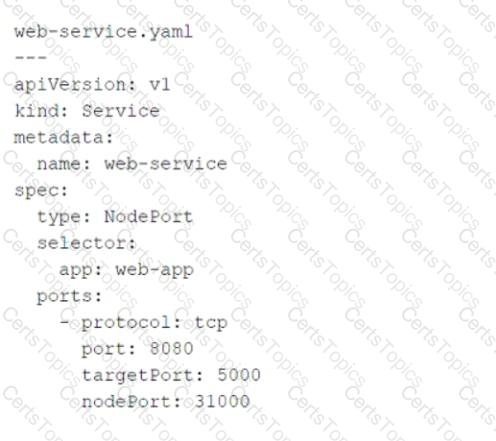Kubernetes combined with KubeVirt enables the hosting of virtual machines (VMs) alongside containerized workloads. This setup aligns with a specific cloud service model. Let’s analyze each option:
A. Software as a Service (SaaS)
Incorrect:SaaS delivers fully functional applications over the internet, such as Salesforce or Google Workspace. Hosting VMs using Kubernetes and KubeVirt does not fall under this category.
B. Platform as a Service (PaaS)
Incorrect:PaaS provides a platform for developers to build, deploy, and manage applications without worrying about the underlying infrastructure. While Kubernetes itself can be considered a PaaS component, hosting VMs goes beyond this model.
C. Infrastructure as a Service (IaaS)
Correct: IaaSprovides virtualized computing resources such as servers, storage, and networking over the internet. By hosting VMs using Kubernetes and KubeVirt, you are offering infrastructure-level services, which aligns with the IaaS model.
D. Bare Metal as a Service (BMaaS)
Incorrect:BMaaS provides direct access to physical servers without virtualization. Kubernetes and KubeVirt focus on virtualized environments, making this option incorrect.
Why IaaS?
Virtualized Resources:Hosting VMs using Kubernetes and KubeVirt provides virtualized infrastructure, which is the hallmark of IaaS.
Scalability and Flexibility:Users can provision and manage VMs on-demand, similar to traditional IaaS offerings like AWS EC2 or OpenStack.
JNCIA Cloud References:
The JNCIA-Cloud certification emphasizes understanding cloud service models, including IaaS. Recognizing how Kubernetes and KubeVirt fit into the IaaS paradigm is essential for designing hybrid cloud solutions.
For example, Juniper Contrail integrates with Kubernetes and KubeVirt to provide advanced networking and security features for IaaS-like environments.
[Reference:, KubeVirt Documentation, Juniper JNCIA-Cloud Study Guide: Cloud Service Models, , , ]
